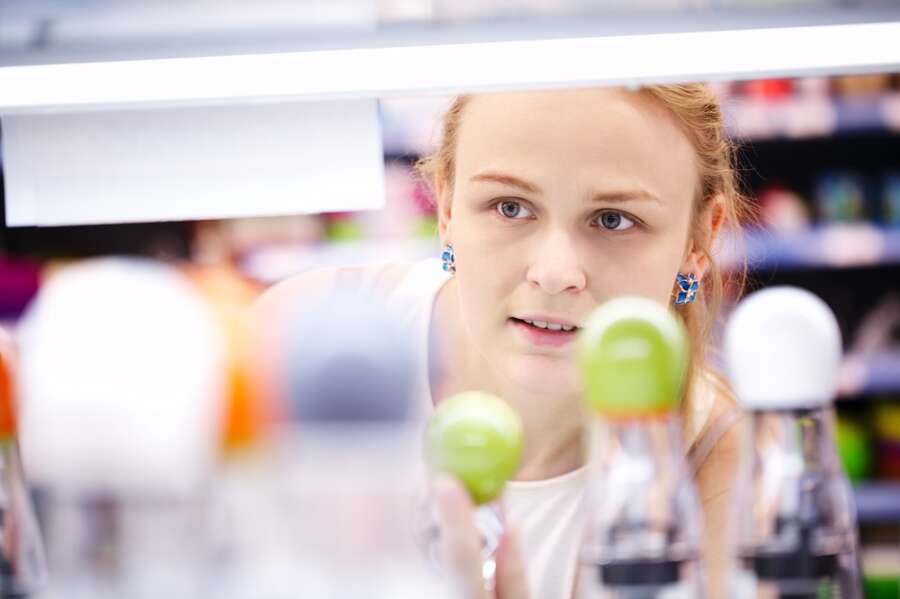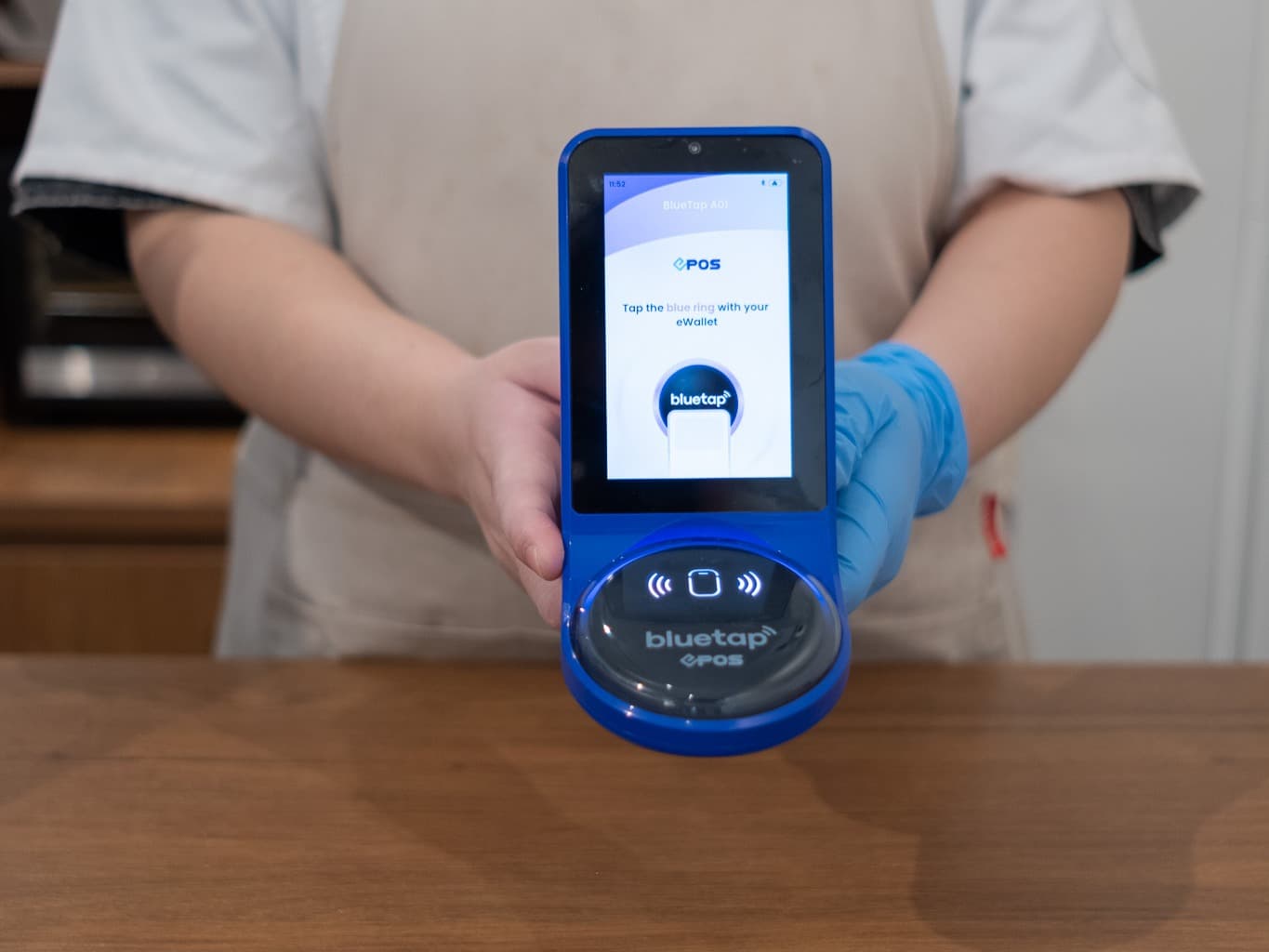
By Richard Horwell, Brand Relations
So many entrepreneurs look at the range of products in the Supermarkets or stores and say to themselves ‘I can do better than that!’. When I was growing up, all my classmates wanted to work for a Bank or the Public Service as it was a safe secure job; these days everyone wants to be their own boss. Creativity is at its best in the UK and since Covid19 with many employed people having decided to change their career and go into a recession-proof industry such as Food & Drink.
That said, launching a Food or Drink company from scratch isn’t easy.
If you see a mass of products in a category such as Energy Drinks or even Kombucha, then chances are you have missed the boat. The only way to get into this category is by being cheaper or by pouring more money into your brand than the competition – neither is recommended.
Instead, you need to have a POD (point of difference); something that others aren’t doing and is clearly a direction for the market. The trend now is very much ‘health, taste and low or no sugar’, even more so since COVID19 as everyone wants to get healthy and fight off potential viruses or illness.
So, here are six steps to follow before investing any money in your new food or drink idea:
RESEARCH your market! The more established a category is – such as energy drinks – the harder and more expensive it will be to make any inroads.
Don’t just look in the UK, research the rest of the world. You can learn a lot from other brands’ mistakes and get some great ideas from the flavours they have used. You can understand their messaging to their audience and how well they are selling in their market, at what retail price.
Is your idea already available? Did you perhaps see it on holiday and think this is a good idea, let’s do it in the UK? If it is a well-established brand overseas the chances are they will have huge marketing budgets and be able to swallow any market you establish in the UK – so beware of that.
Many years ago, I went to a conference and one of the speakers spoke about ‘Ways to Fail’. His basic message was don’t take money from a successful business and invest in something you know nothing about, as it’s a sure way to fail. So, be wary of this pitfall.
POD (Point of Difference); think long and hard about what you are offering and why it will stand out in the marketplace. There has been A LOT of innovation in the drink’s category over the last 10 years. Many small brands have become big brands and even taken on the likes of Coca Cola, so much so that the big players have spent millions to acquire them. This is the dream of any new brand, but in reality, it rarely happens and far too many products simply don’t stand out anywhere near enough to make a real difference in the market.
But to stand out from the crowd you must have a point of difference so that your target audience will cross the road to buy your drink rather than just accept what is on offer close by. Creating a following is what makes your brand attractive to the big players to buy in the long term; they want your audience.
What is a point of difference? It’s not just a funky flavour or more eye-catching packaging. It is being unique. Blending ingredients that others have not thought of before and, at the end of the day, making sure it tastes great.
MONEY; this isn’t a cheap industry to get into and one of the issues is the minimum runs for production. You can develop a production recipe (as opposed to one made in the kitchen), get a brand name and branding, and then attempt to raise the money after that in order to pay for a production run; but it’s virtually impossible to raise money just on a basic idea. If you really have no seed funding to get started, then you may have to rely on family and friends to invest or donate, but this can be high risk and can potentially hurt relationships.
You must think very seriously about where the money will come from, I have seen too many entrepreneurs who only have just enough money to do their first production run, with nothing left to do any marketing. This is destined to fail. It can be up to two years before you make any money to support yourself. So, make sure you can survive meanwhile and have enough money available to pay for adverts in wholesalers’ catalogues, sending out samples and possibly attending exhibitions.
It’s essential to have a clear financial budget for your business – whether you are self-funding or going out to investors. With many products you can start with what is known as an MVP (minimum viable product), but this doesn’t work in the drinks sector. The taste, the name, the branding, the distribution, the samples, the presentation pack for buyers – all this needs to be spot-on from day one. And that requires money.
RECIPE DEVELOPMENT; Just because you have made your new product in the kitchen doesn’t mean that it can be exactly replicated in a mass-production situation. You’ll need a recipe development expert to help source the ingredients at a competitive price and ensure they work together – resulting in a food or drink that tastes like the one you created in your kitchen but will suit your co-packer.
Some ingredients just don’t blend. This is a very specialised area and the recipe needs to be perfect. So, you will definitely need expert help. Any contract manufacturer will expect an exact recipe. And, for the packaging, you will need to know all the nutritional information for labelling.
One area that many entrepreneurs overlook is ‘Novel Foods’. The regulation on Novel Foods applies within the UK and the EU. If your ingredient falls under ‘Novel Foods’ you will probably need to pay for research to prove it is safe for human consumption. (See: https://ec.europa.eu/food/safety/novel_food_en)
Not all ingredients are allowed to be used in drinks and this is protected by Novel Foods, so you need to be sure that all your ingredients are in fact allowed to be used. This will save you time in the future rectifying any obstacles you could have tackled in the initial stages.
PACKAGING; This can make a huge difference to your cost outlay.
For example, if you have a new drink, glass is the cheapest option as you can do the smallest production run. But, neither wholesalers nor retailers like glass, the former due to the weight, and the latter because it may break – making it by far the hardest to sell.
Second cheapest in terms of small production runs, is Hot Fill PET (plastic) which is small volume as the PET bottles can be filled with high temperatures. The negatives are that the bottles are ugly with solid ridges down them and with the backlash of PET polluting the oceans – these bottles have a lot of PET in them – consumers are turning away from this type of packaging.
Next up is Aseptic Fill where the PET bottles are blown on-the-line and then filled in aseptic conditions to keep all the bugs out – after which the contents are pasteurised in the bottle, locking in all the nutrients. However, you cannot do a small run with this method. The minimum runs are massive as the factory needs to completely clean the entire line in between flavours – and with productions running at 25,000 per hour, you can imagine how many you’d need to produce to make this a viable option.
Fourth option is cans. These are very popular now, but minimum runs are high. For example, minimum runs for printed cans are 150,000 and minimum filling runs are 75,000. There are options to fill blank cans from as low as 12,000 volume and then sleeve them afterwards. It is a more expensive option but a far better way to test the market.
Fifth, is Tetra Pak but the printed runs of the cardboard are around 100,000 and need to be used up within a year. It’s a difficult option until you have the volume to justify it.
Last but not least is HPP (High-Pressure Processing), this is great for juices as the temperature is only 4C so it preserves all the goodness, antioxidants and flavour. The runs are small, but the cost is 10-15p per bottle just to put them in the machine as they use pressure instead of heat to pasteurise. The distribution must be chilled and has only a one or two-month shelf, which makes the product more expensive.
Understanding the best type of packaging for your drink and your target market is important – it’s a large part of your initial outlay so you want to get it right. Also, a wrong decision could leave you with a lot of very expensive unusable product on your hands.
CO-PACKERS (Contract Manufacturers); These are the people that fill your drink in bulk. They are a very important part of the process and therefore you need to be careful who you choose to work with. Although there is a lot of choice in both the UK and EU, there are several companies that care more about making money than they do about making the perfect product. Then, there are the big players that just don’t care about start-ups. Do your research and make sure that the company you select has a good reputation – maybe speak to other brands they have filled? Also make sure they have the right certification as once you start to get listings, that question will be asked by retailers and wholesalers.
Starting a food drink company isn’t a breeze. However, with research, planning, budgeting and support we may be buying your product soon.
ABOUT THE AUTHOR
Richard Horwell is the owner of Brand Relations, a specialist food and drink marketing and branding company based in London. Over the last 13 years, Brand Relations has been behind the launch and development of over 100 brands in the UK. Richard has also built up and sold companies of his own in the Food and Beverage sector. He has over 30 years’ experience in marketing FMCG brands around the world, having lived and worked in the UK, USA, Australia and the Middle East.


